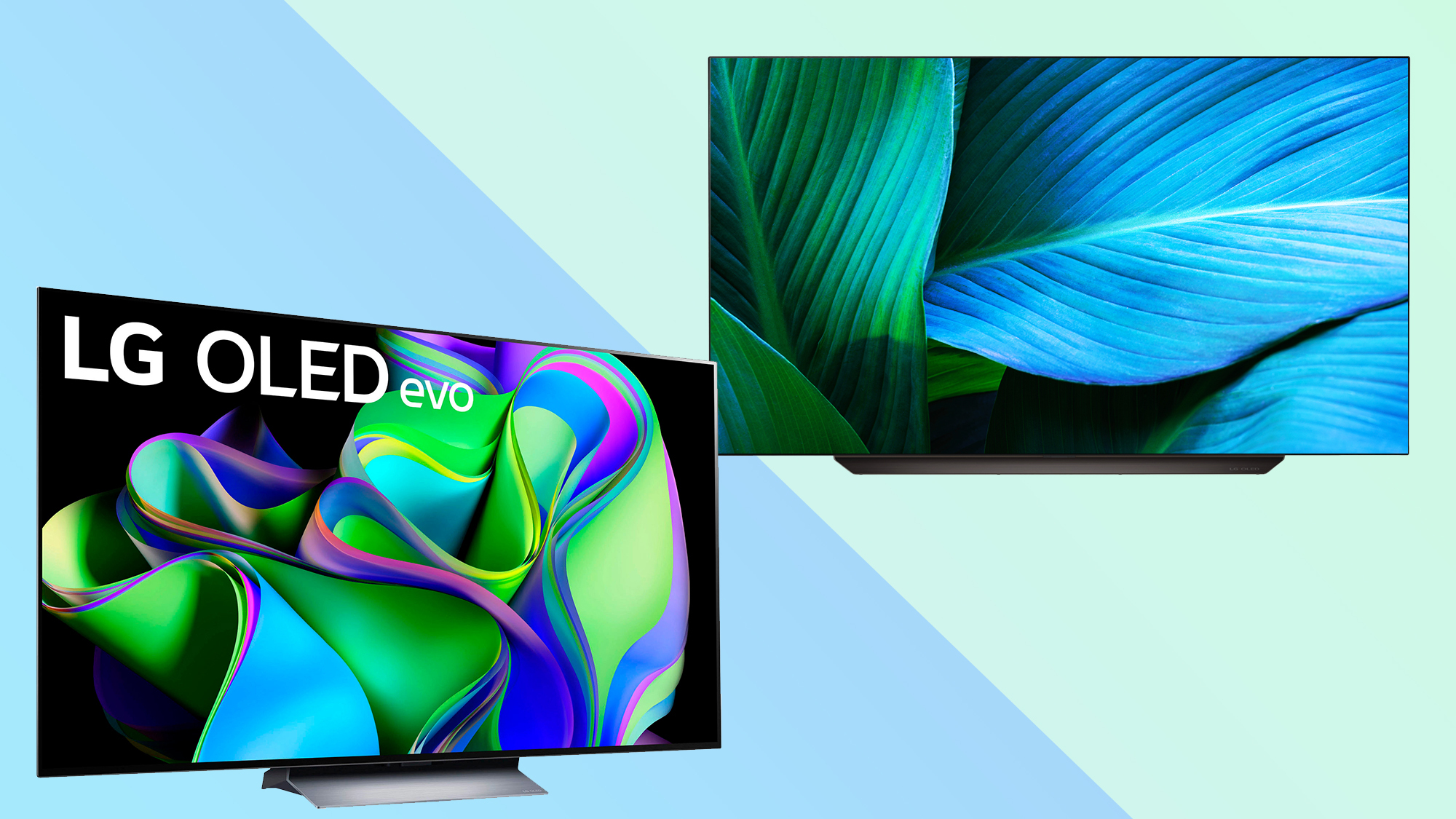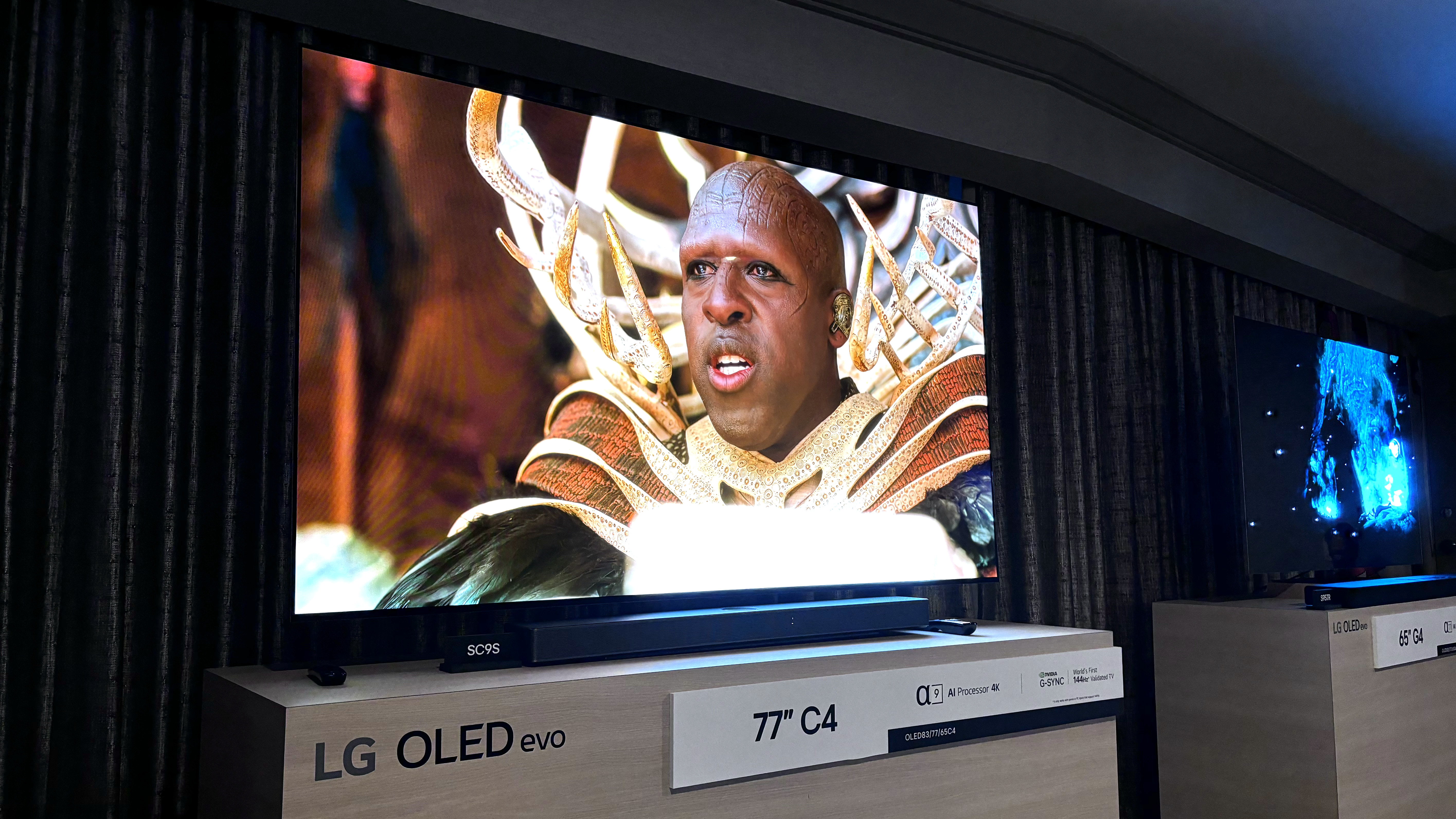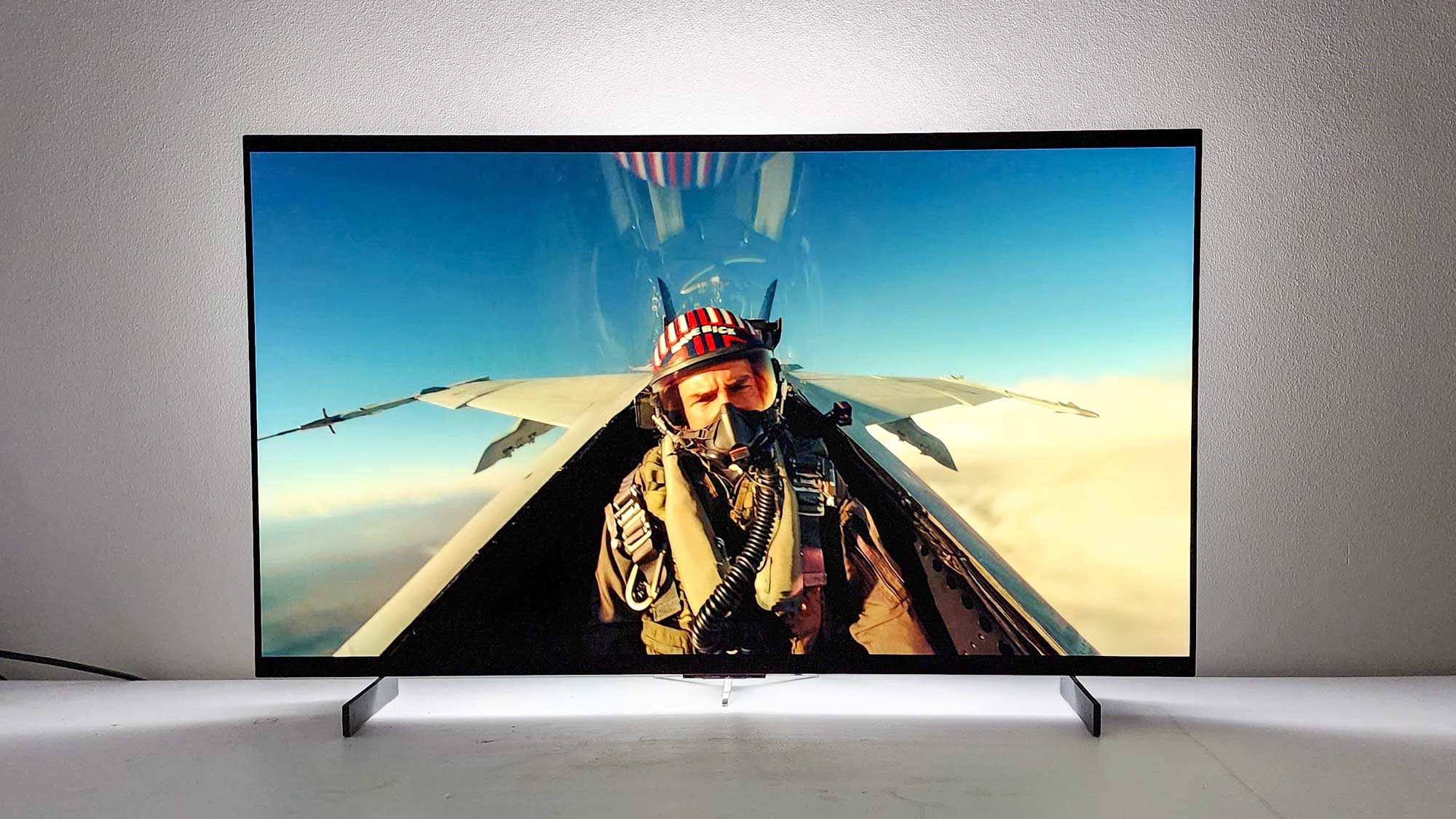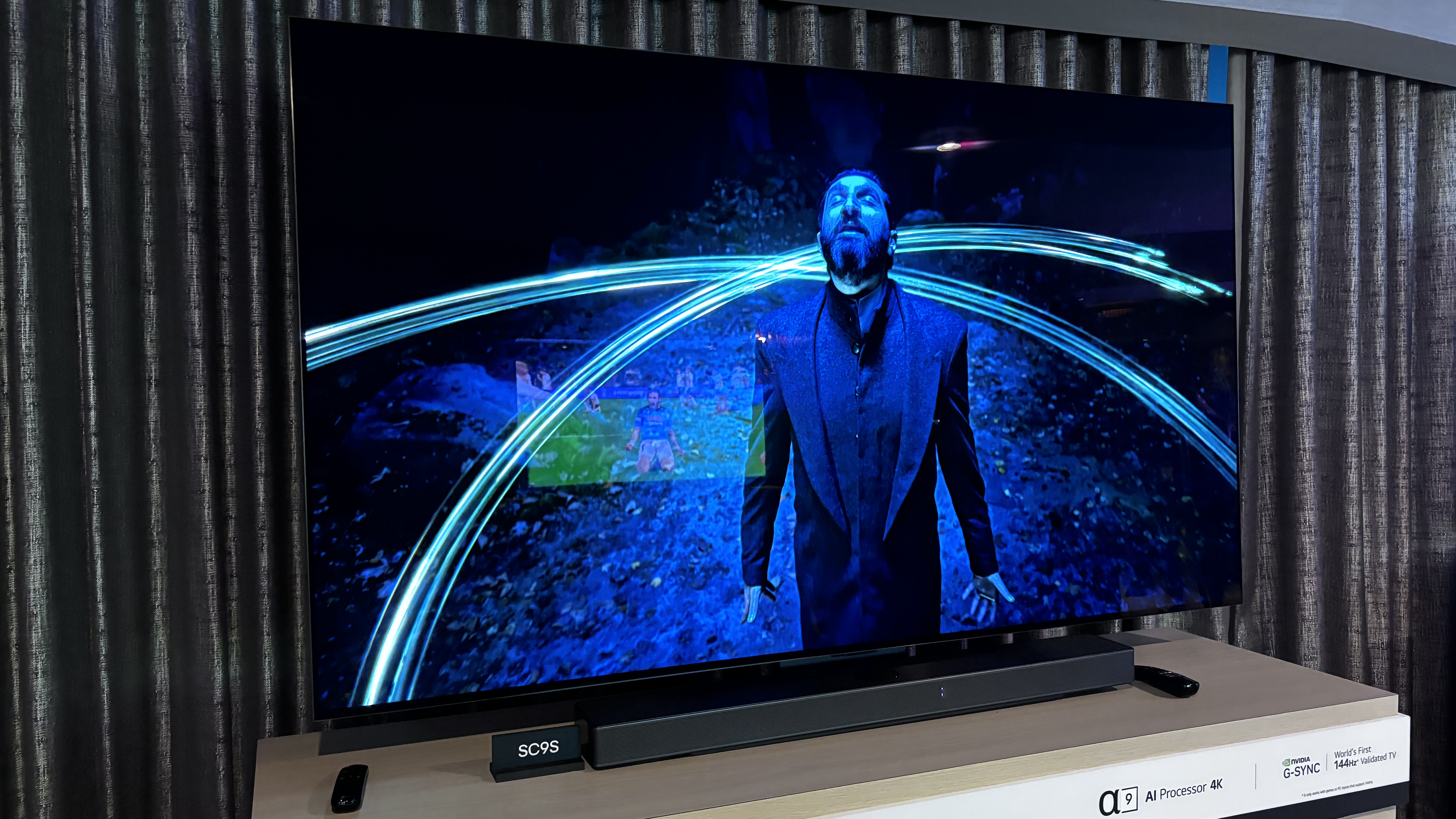
The LG C4 OLED, one of this year's delights within the hotly contested LG TV 2024 lineup, brings quite the spunk on a price that's a little high. It's inarguably among the best TVs of 2024, but can it stand against last year's value pick in the LG C3 OLED?
There's a lot to love from both displays highlighted most prominently in their OLED screens. While not quite META 2.0, these panels bring quite the performance on one of the most robust interfaces in webOS. I, for one, can't get enough of the C4 as my main PC monitor, but price might factor into the best choice available.
At $1,699, a 65-inch LG C4 OLED definitely feels a bit much, especially when you factor in the fact that you can get a C3 for $1,000 less. Is it worth saving that much in the face of the C4's immense amount of upgrades and features? We'll make it all come to fruition in our LG C4 OLED vs LG B4 OLED bout below.
You’re likely better off buying the LG C3 OLED at a discount either now or later in the year. The longer answer is, well, it depends...
So what should you do? The short answer is that you’re likely better off buying the LG C3 OLED at a discount either now or later in the year. The longer answer is, well, it depends on how much having the latest WebOS smart platform matters, and if you need the new 144Hz maximum refresh rate of the C4 OLED compared to the 120Hz refresh rate of the C3 OLED. If you want the latter plus an upgraded processor, then the LG C4 OLED could be worth the wait. But if not, then you can safely spend a little less on last year’s LG C3.
Want an in-depth comparison of both models? Here’s a full breakdown of the LG C4 OLED vs the LG C3 OLED.
LG C4 OLED vs C3 OLED: Specs compared
LG C4 OLED vs C3 OLED: Design

As you’d expect, there’s not a big difference in aesthetics between the two C-Series TVs. At face value, it's kind of hard to even notice a difference in most of the photos. I say most because the 77-inch LG C4 OLED was using two legs when I saw it at CES (which is markedly different to the pedestal design of the LG C3 OLED), but more recent photos show the C4 on a pedestal. That could change again before the C4 OLED’s potential launch in March or April, though.
What is definitive at this point, however, is that the LG C4 and LG C3 OLED will be using the same OLED panels from LG Display. That means we’re not yet getting the more advanced META 2.0 panels on LG’s mid-range C-Series TVs, which means no substantial uptick in brightness year-over-year — at least, not on the same magnitude that the LG G4 and M4 OLED are getting boosted brightness.
The big difference in terms of design is the one that’s happening under the hood — the switch from Alpha a9 Gen 6 to the a9 AI Processor. The latter will play an important role in improving upscaling and motion processing. The processor in tandem with the panel will allow the C4 OLED to reach a native refresh rate of 144Hz, which will all come into play when we talk about the difference in performance.
LG C4 OLED vs C3 OLED: Performance

Although they weren’t side by side at CES, there’s little doubt in my mind that the C4 OLED is the better-performing of the two TVs: The C4 was both brighter and more colorful than its predecessor — but we’ll need to take it into the lab to tell us how much of an improvement LG made in those categories. The C4 still paled in comparison to the LG G4 OLED that uses the latest META 2.0 panel from LG Display, however, so I wouldn't get your hopes up too high.
Demo content on the LG C4 OLED consisted of an Amazon Prime sizzle reel. As you'd expect, the black levels looked incredible in the demo suite, though glare was an issue due to a brighter QNED TV located directly in front of the C4. If you want to go glare-free, the Samsung S95D is a solid solution.

In a brief audio demo, the LG C4 OLED mustered a solid sound quality. Its a9 AI Processor turns basic surround sound into upmixed 11.1.2-channel Atmos, which is an improvement on the C3 OLED’s 9.1.2 virtual spatial audio upmix. In reality, though, neither TV is going to be a true replacement to a proper sound system.
There’s certainly small bumps in performance for cinephiles, but it’s gamers who are going to get the maximum benefit from the LG C4. As mentioned, the C4 can achieve a native 144Hz refresh rate by resetting the panel when it detects a 144Hz signal. Pair that with VRR support from both AMD and Nvidia, and the C4 looks like it will easily claim a spot on our list of the best gaming TVs.
Last but not least, there's the new version of WebOS to consider. The C4 OLED will come out of the box with WebOS 24, while the LG C3 OLED will get it via an update later in the year. LG went on the record at CES saying that its OLED TVs would receive five years of updates starting from when the TV was launched. If you're worried about getting the maximum amount of performance for the longest period of time when you pick up a new TV, then the C4 might be the more appealing option.
LG C4 OLED vs C3 OLED: Outlook
While there’s not a lot that will separate these TVs in terms of design, some minor tweaks in performance — and the newer WebOS version — will give the LG C4 OLED an edge on its predecessor. But is that edge enough to shell out up to $1,000 more for the LG C4 OLED when it launches later this year? Probably not.
If the additional processing power and the switch to a native 144Hz refresh rate are high up on your list of must-haves, then the C4 OLED is worth saving up for. For most folks, though, the LG C3 OLED will deliver most of the same performance at a steep discount and it’s the TV we’d still recommend to friends and family.







